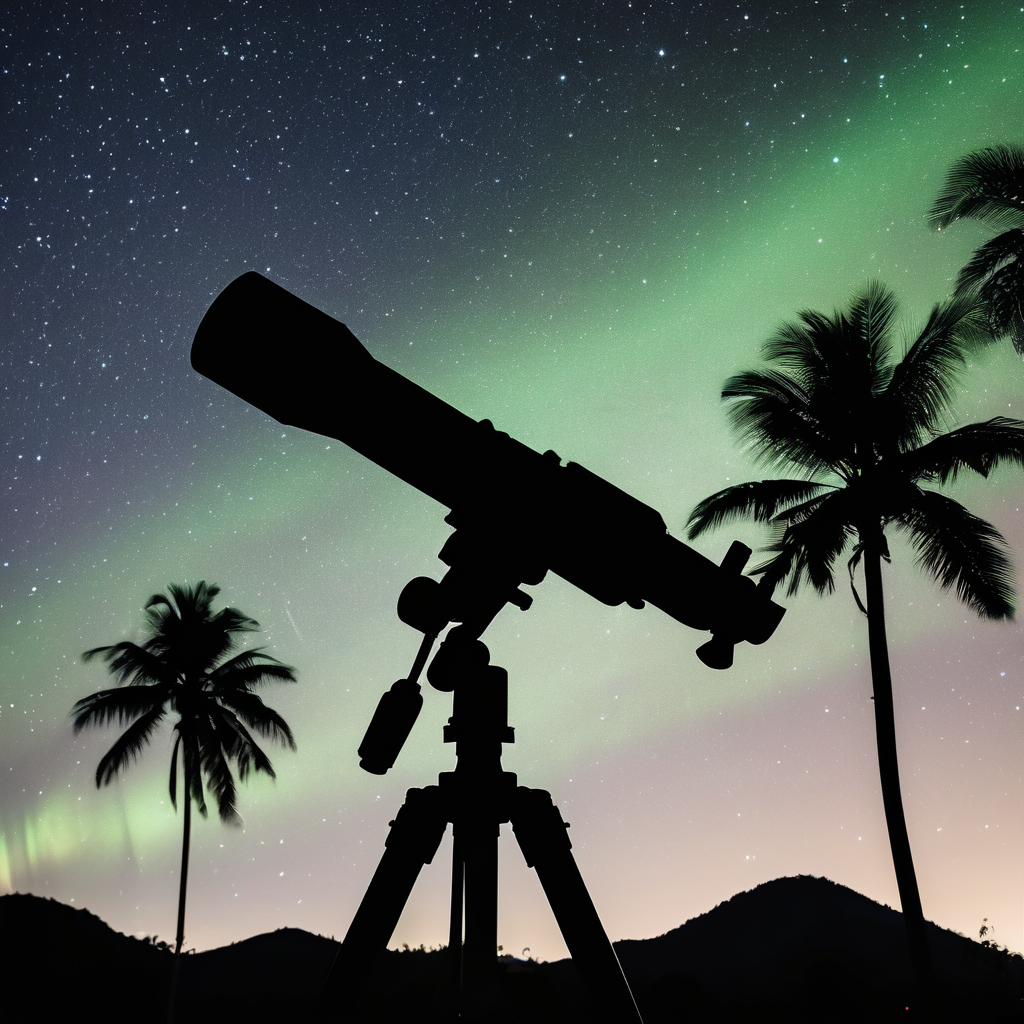NASA has made an exciting announcement regarding the interstellar comet 3I/ATLAS, with a live event scheduled for 3 p.m. EST on Wednesday, November 19. This event will showcase captivating imagery of 3I/ATLAS, which has been collected from various missions under NASA’s umbrella. The presentation will occur at NASA’s Goddard Space Flight Center in Greenbelt, Maryland.
Discovered by the NASA-funded ATLAS (Asteroid Terrestrial-impact Last Alert System) observatory on July 1, 2025, comet 3I/ATLAS is significant as it marks only the third identified object to enter our solar system from outside our galaxy. While the comet poses no threat to Earth, it recently passed remarkably close to Mars, coming within 19 million miles during early October. It will not approach Earth closer than 170 million miles.
The event will be broadcasted on multiple platforms, including NASA+, the NASA app, the agency’s official website and YouTube channel, as well as Amazon Prime, allowing viewers around the world to participate. Notable participants in the briefing will include Amit Kshatriya, NASA Associate Administrator; Nicky Fox, the associate administrator for the Science Mission Directorate; Shawn Domagal-Goldman, acting director of the Astrophysics Division; and Tom Statler, lead scientist for solar system small bodies.
Members of the media wishing to take part in the virtual event must submit their full details to NASA by email, while the public can engage by posing questions on social media with the hashtag #AskNASA, which may be addressed during the live broadcast.
NASA’s diverse scientific assets provide a unique opportunity to monitor comet 3I/ATLAS extensively as it traverses through our solar system, allowing scientists to gain insights into its characteristics and behavior using state-of-the-art instruments from both space and Earth-based observatories.
For additional details about comet 3I/ATLAS, further information is available on NASA’s dedicated webpage. This event highlights the agency’s continuous commitment to cosmic exploration and the unprecedented opportunities presented by the analysis of interstellar visitors.
